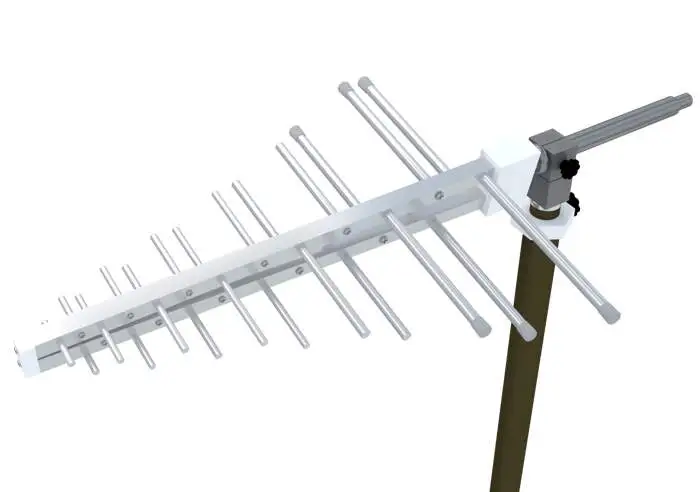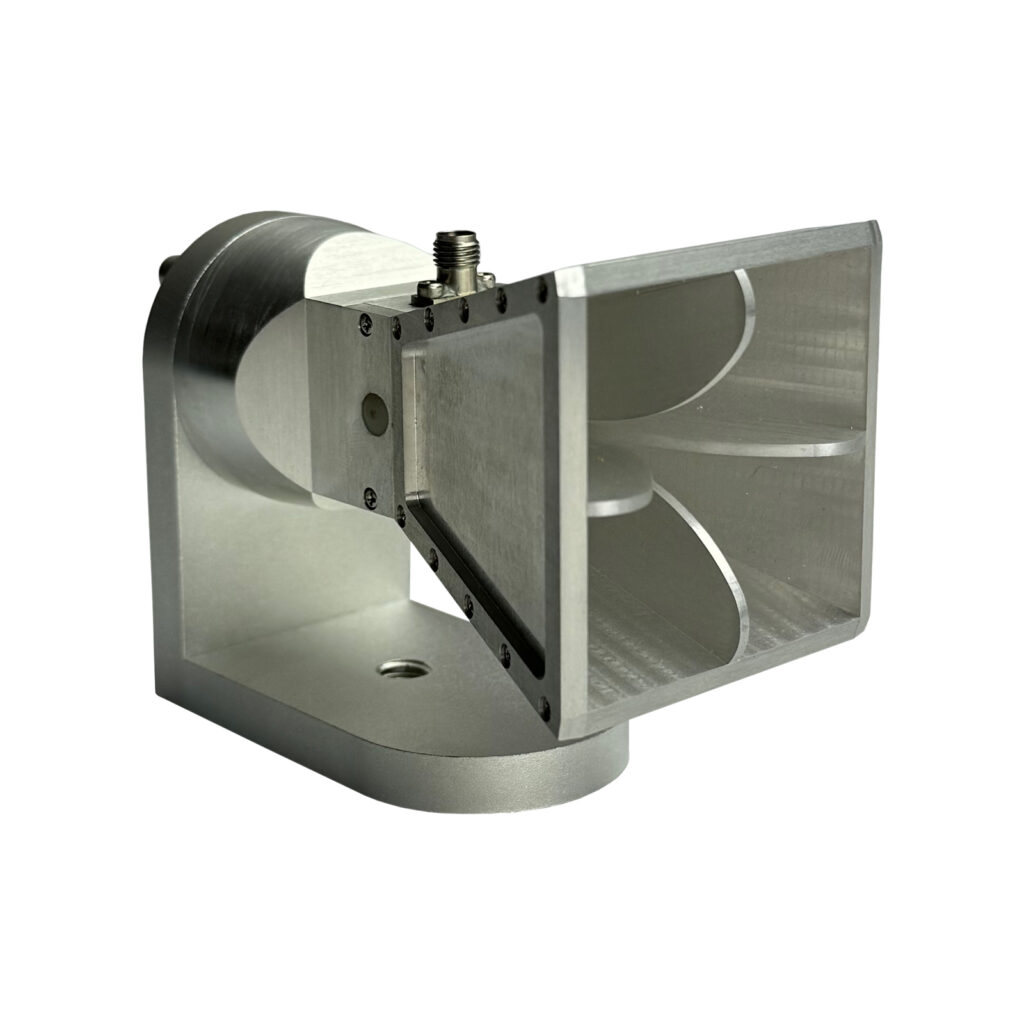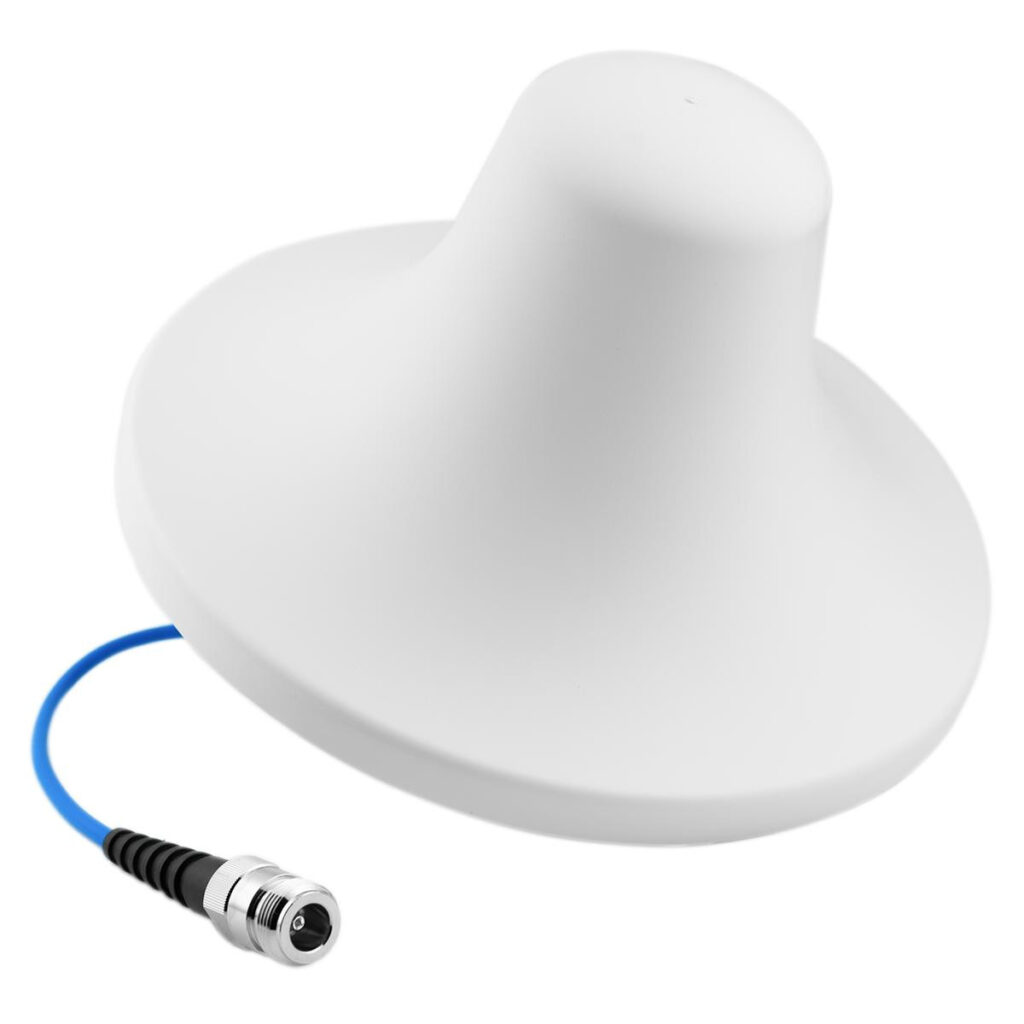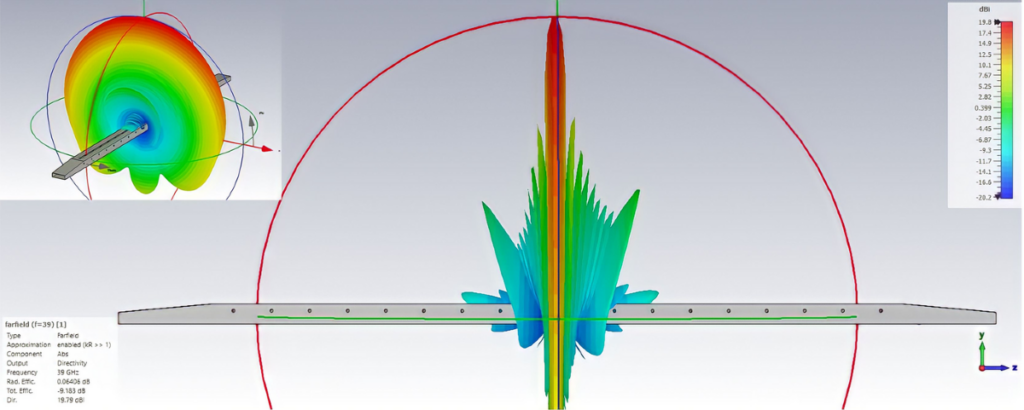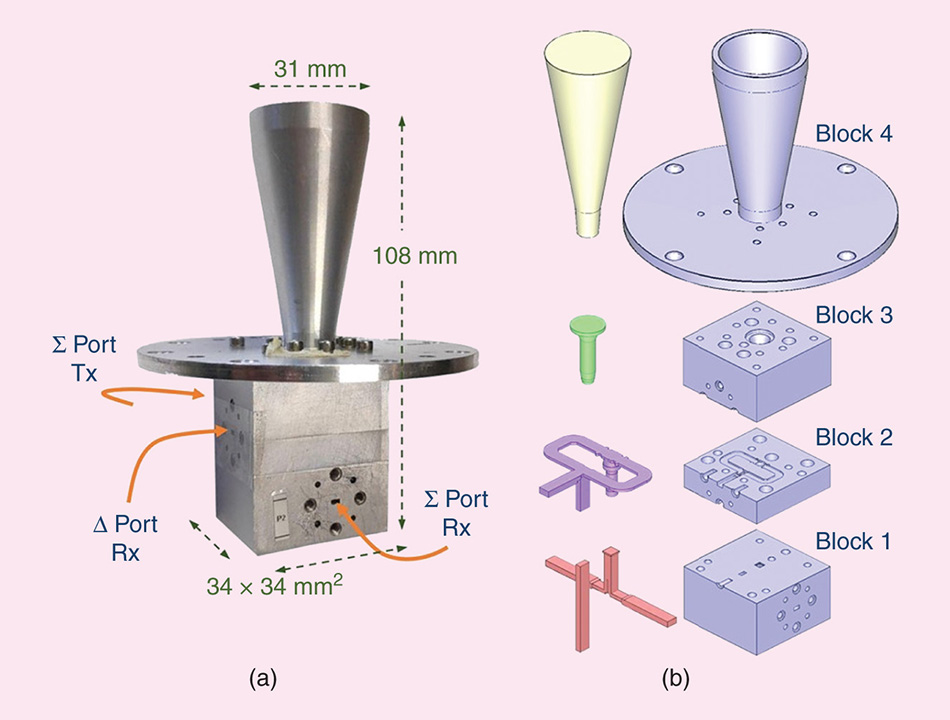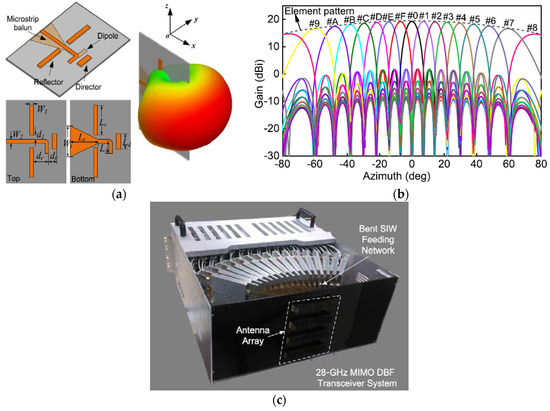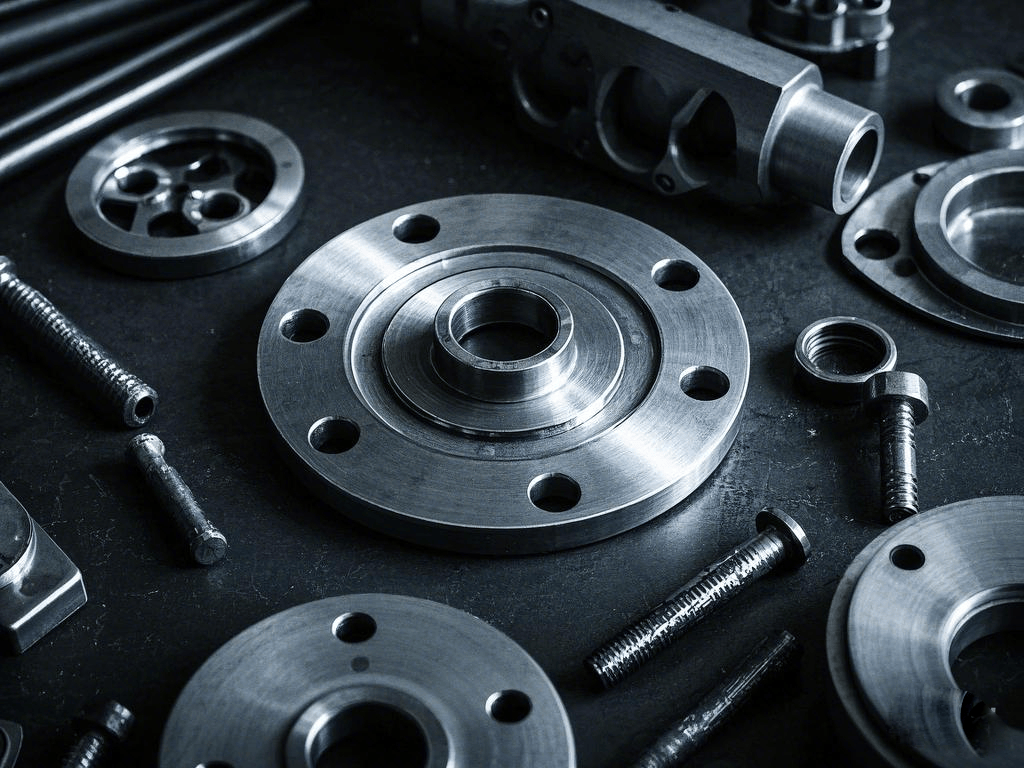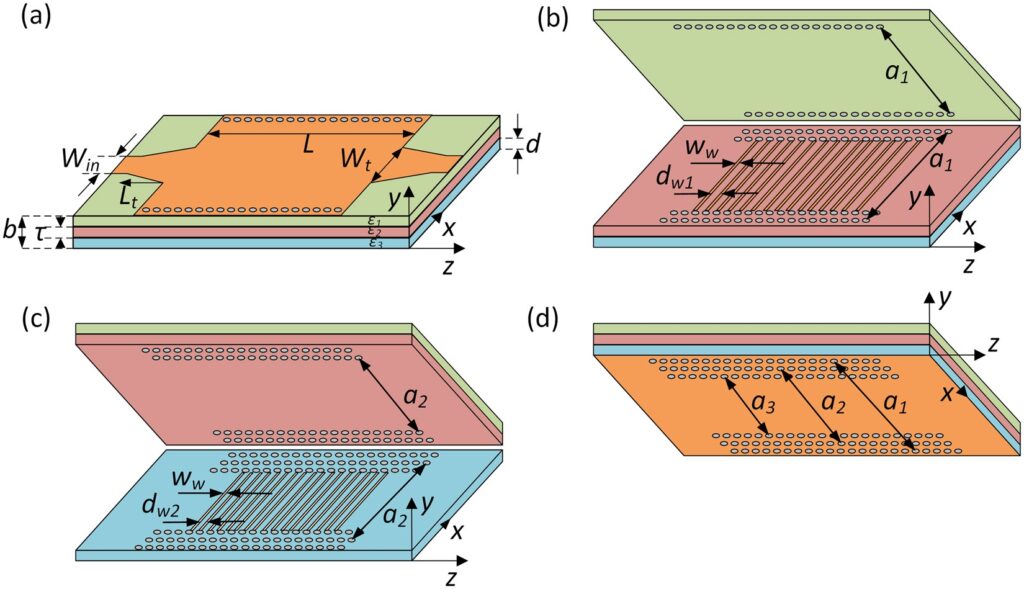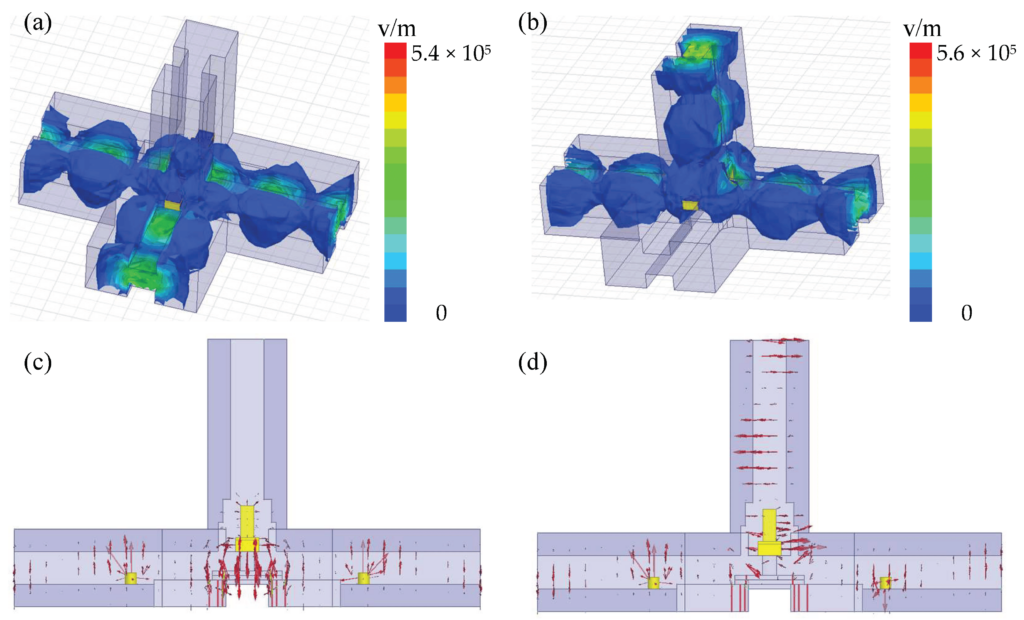How to Choose Log Periodic Antennas in 5 Steps
Choosing log periodic antennas involves assessing your frequency range needs, typically spanning 200 MHz to 1 GHz, ensuring compatibility with your equipment. Measure the space available for installation, keeping in mind these antennas can be up to 2 meters in length. Consider gain values, often between 6 to 12 dBi, and check for durability ratings […]
How to Choose Log Periodic Antennas in 5 Steps Read More »

